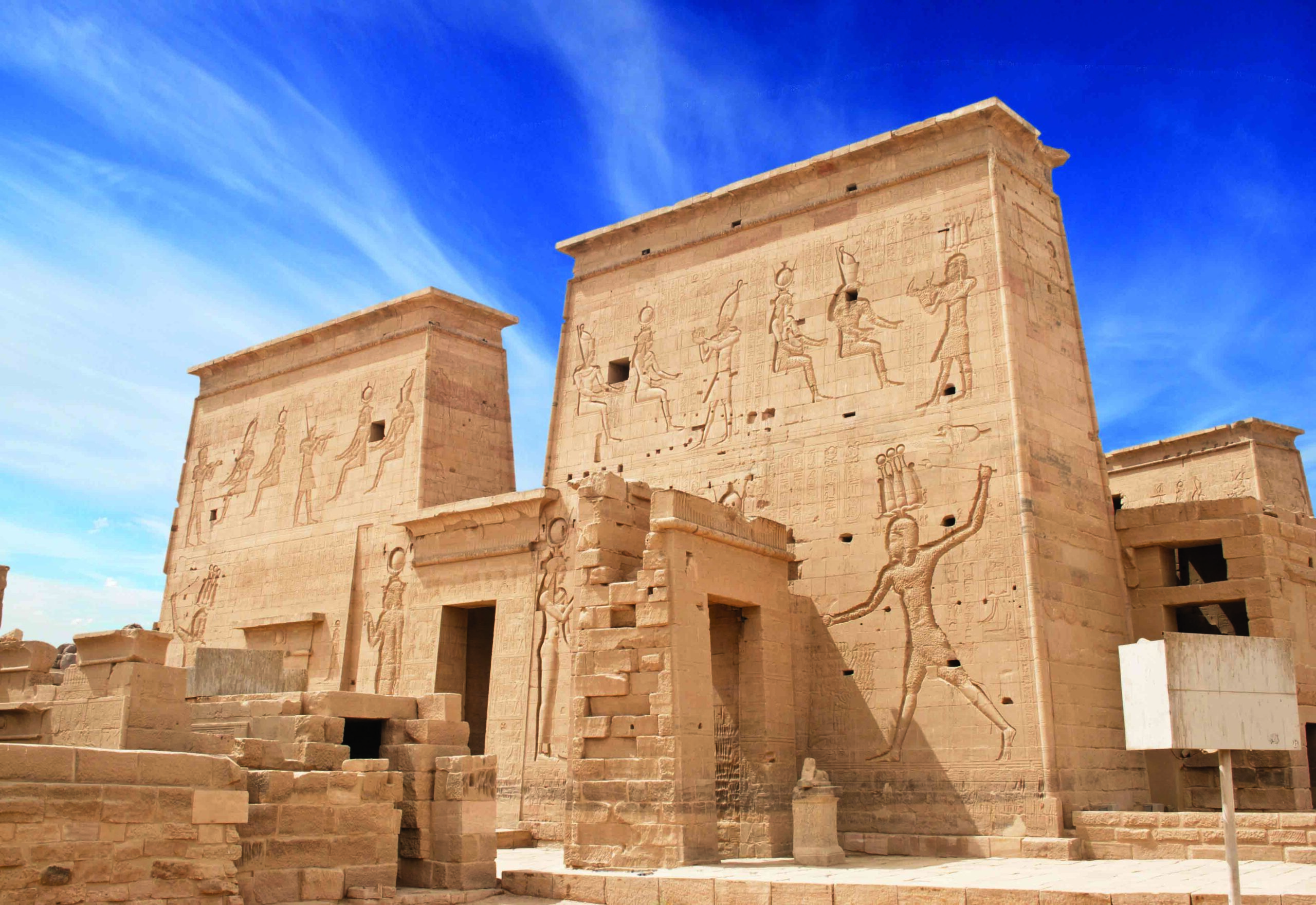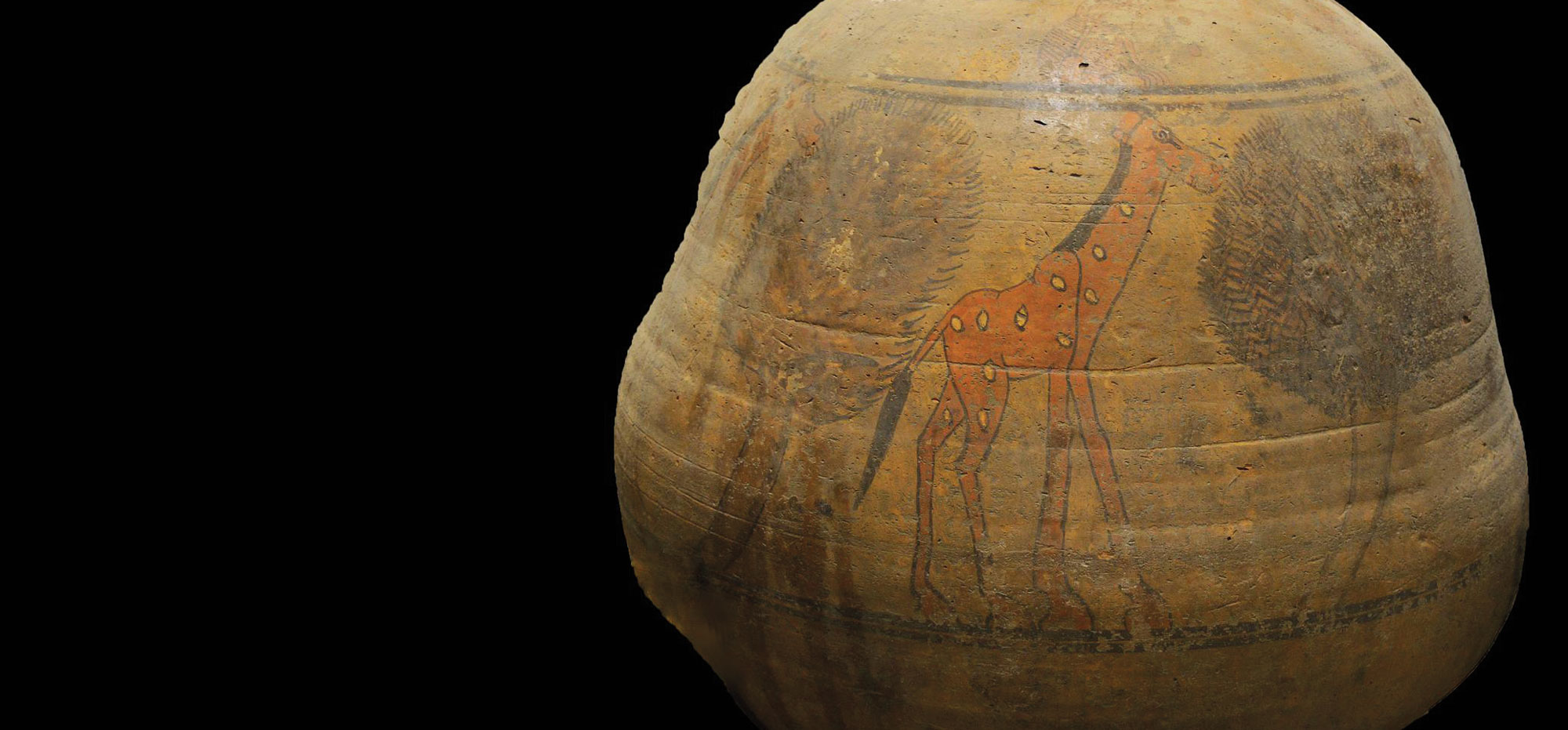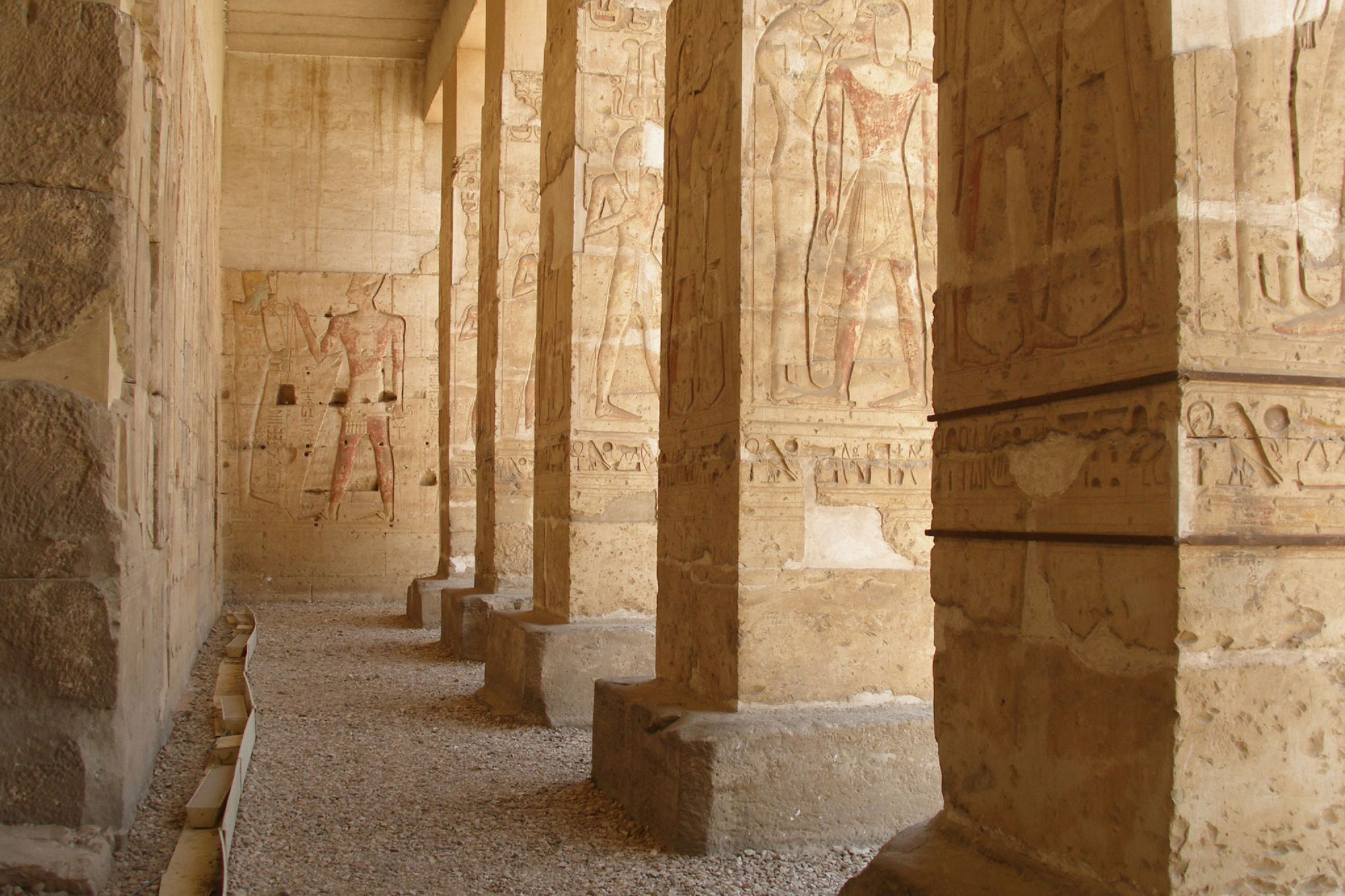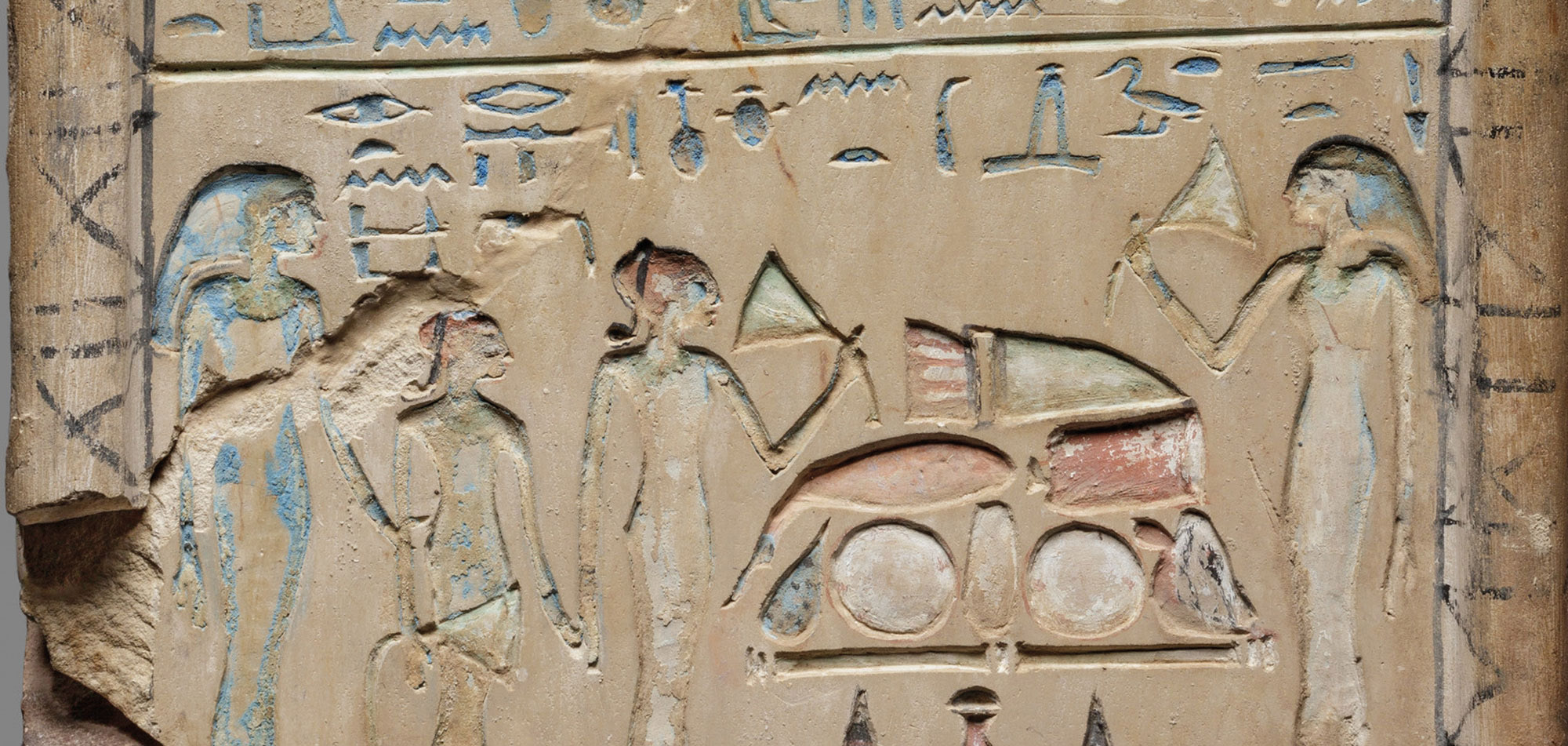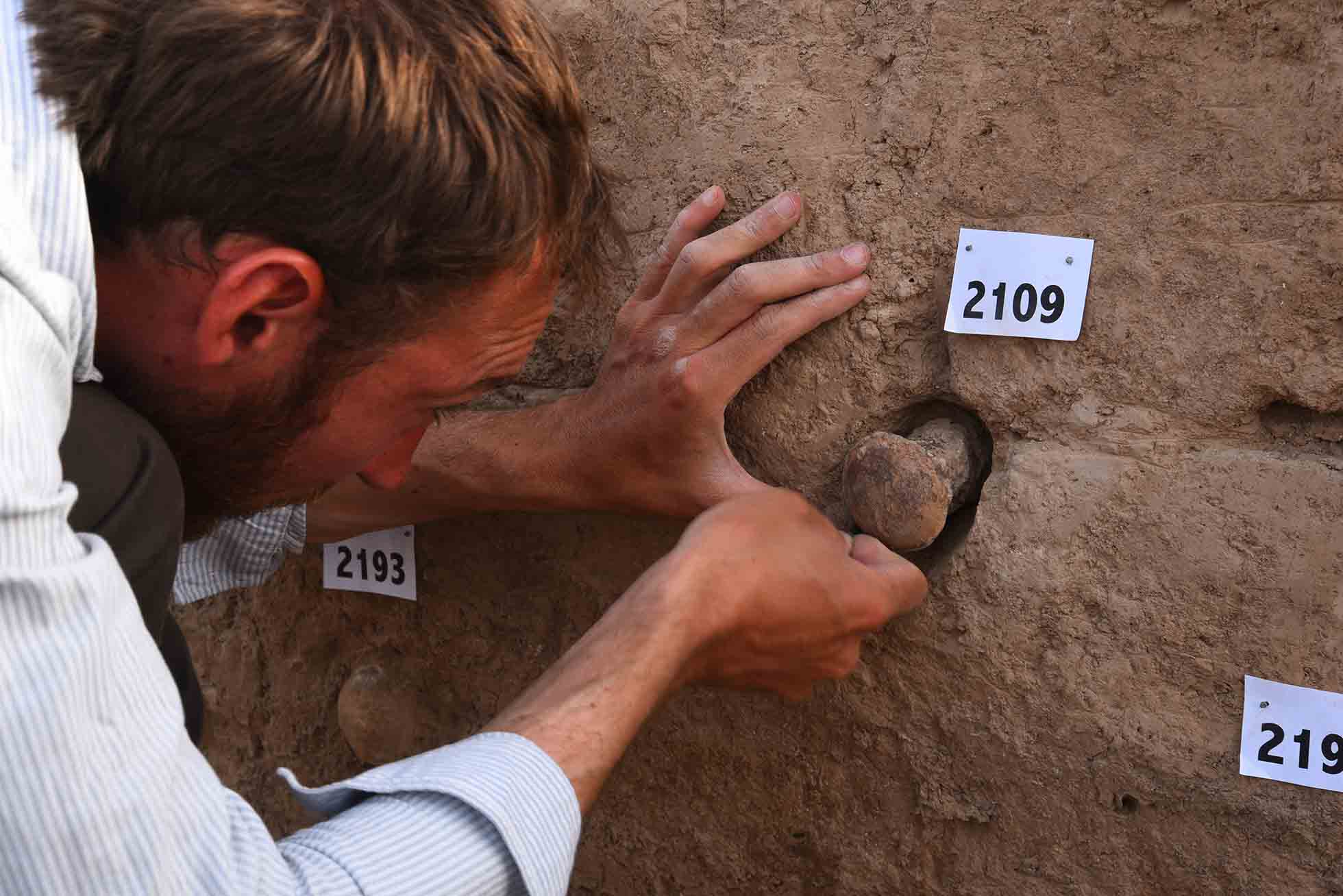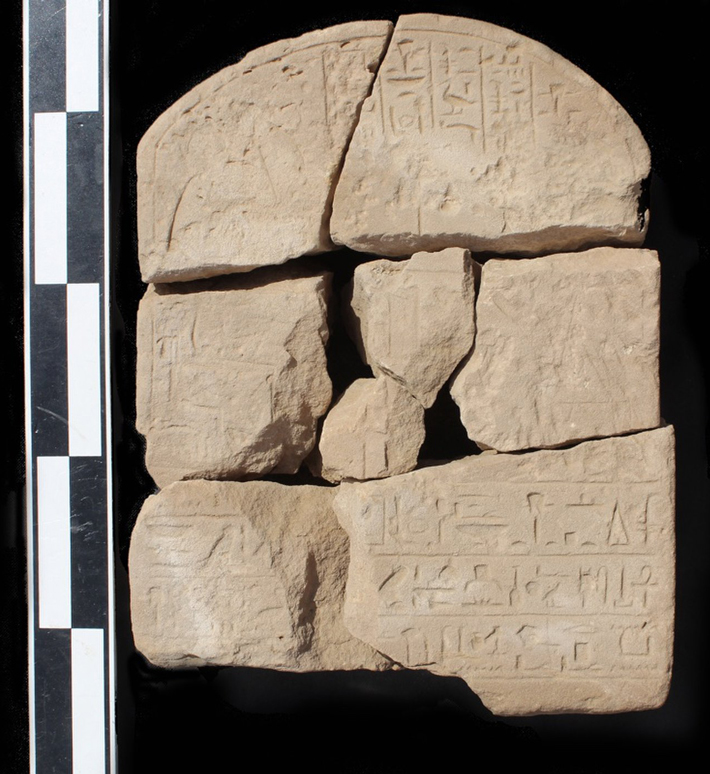
SAN BERNARDINO, CALIFORNIA—Live Science reports that more than 100 inscriptions carved into rock and 45 ostraca have been uncovered at Wadi el-Hudi, an ancient Egyptian amethyst mine in the Eastern Desert of southern Egypt. The inscriptions, recorded with 3-D modeling, reflectance transformation imaging, and photogrammetry, are estimated in many cases to be 3,900 years old. Kate Liszka of the Wadi el-Hudi Expedition and California State University, San Bernardino, said Middle Kingdom pharaohs mined amethyst for jewelry and gave it to princesses and other elite members of society. She also said it is not clear whether the mine was worked by slaves, but that some of the engravings suggest the 1,000 to 1,500 miners were proud of their work. No remains have been unearthed at the site, so workers who died may have been carried back to the Nile Valley for burial. Other inscriptions indicate that soldiers watched the work at the mines. The ostraca, which are inscriptions written on pieces of pottery, are thought to date to Egypt’s Roman period, some 2,000 years ago. To read in-depth about excavations at the sacred site of Heliopolis, go to “Egypt's Eternal City.”


